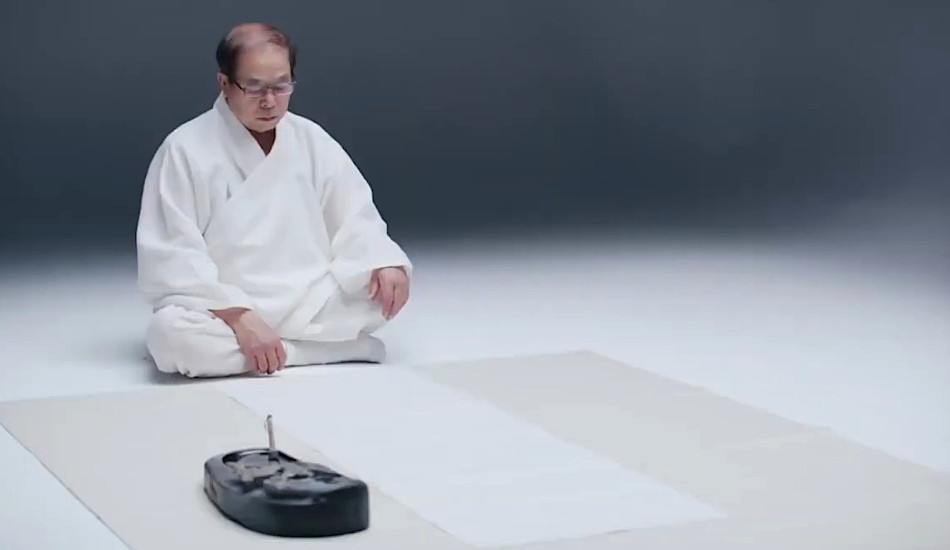Liu Xitong is a renowned calligrapher from China who recently took part in a documentary by NTD Television titled “When the Plague Arrives.” The documentary chronicles how epidemic outbreaks overthrew ancient civilizations in the East and West over time, and how these events parallel the present-day COVID-19 outbreak.
In the documentary, Liu is the central focus of a calligraphy scene in which he writes a four-word idiom from an ancient Chinese text. The words translate into English as “When things are chaotic to the extreme, order must be restored,” signaling the chaos of the pandemic era that we live in.
The artist and his art
Liu was born to illiterate parents. From a young age, he displayed talent in a variety of artistic skills like drawing, calligraphy, sculpture, and so on. As he grew up, Liu immersed himself in the calligraphy works of the ancient greats. And slowly, he ended up developing his own style. Liu says that he became disillusioned in his worldview as he grew older since he was surrounded by a selfish, arrogant culture fueled by Chinese Communist Party (CCP) members. His art style began to change and Liu ditched tradition, adopting modern or cursive calligraphy styles.
In the 1990s, Liu’s life completely changed as he got introduced to the spiritual practice of Falun Gong. After practicing the meditative techniques, Liu realized that he had strayed far away from tradition while also becoming a selfish person himself. He burned all his modern works as a calligrapher and went back to practicing traditional calligraphy, something he believes is divinely inspired. Liu wanted to reflect the truth and beauty of the universe in his calligraphy.

After the Chinese regime outlawed Falun Gong in 1999, police broke into Liu’s workplace, arrested him, and sent him to a labor camp for “re-education.” It was only in 2004 that he was finally acquitted.
In 2008, Liu was once again sentenced to prison, this time for four years. He was tortured severely to give up his faith. However, Liu held on to Falun Gong and refused to give it up. Eventually, he left China and settled in the United States where he set aside most of his time to expose the CCP’s persecution of Falun Gong. And amidst this busy schedule, Liu spends some time as a calligrapher.
“The process of calligraphy is the exquisite display of the mystery and science of life and the universal, rendered visible by the tip of the pen… Calligraphy is a wonderful combination of innate human potential and acquired effort laid bare on the paper… It has always been my wish to continue that path of self-cultivation, return to tradition, and leave a reference to the art of calligraphy for posterity,” he said, as reported by The Epoch Times.
You can view Liu’s process of creating the work “When things are chaotic to the extreme, order must be restored” at this link.
Chinese calligraphy
Chinese calligraphy started off because of a need to record information. However, it was soon elevated to the status of an art form, even rivaling painting and sculpture. An educated person was expected to have some knowledge of how to produce beautiful calligraphy. There are five main categories of Chinese calligraphy.

The first is the Seal Script, which is the oldest one and was designed to be used in engravings. Clerical Script was established during the Han Dynasty and was adopted due to a need to simplify brushstrokes. Regular Script emerged during the 3rd century A.D. and was created to simplify the writing process.
The Running Script is the most popular style at present. The strokes of each character are simplified and connected, which ends up making writing speedier. The final style is the Cursive Script, which is also known as “mood writing.” Since characters run into each other most of the time, this style is considered illegible in modern China.
Follow us on Twitter, Facebook, or Pinterest

